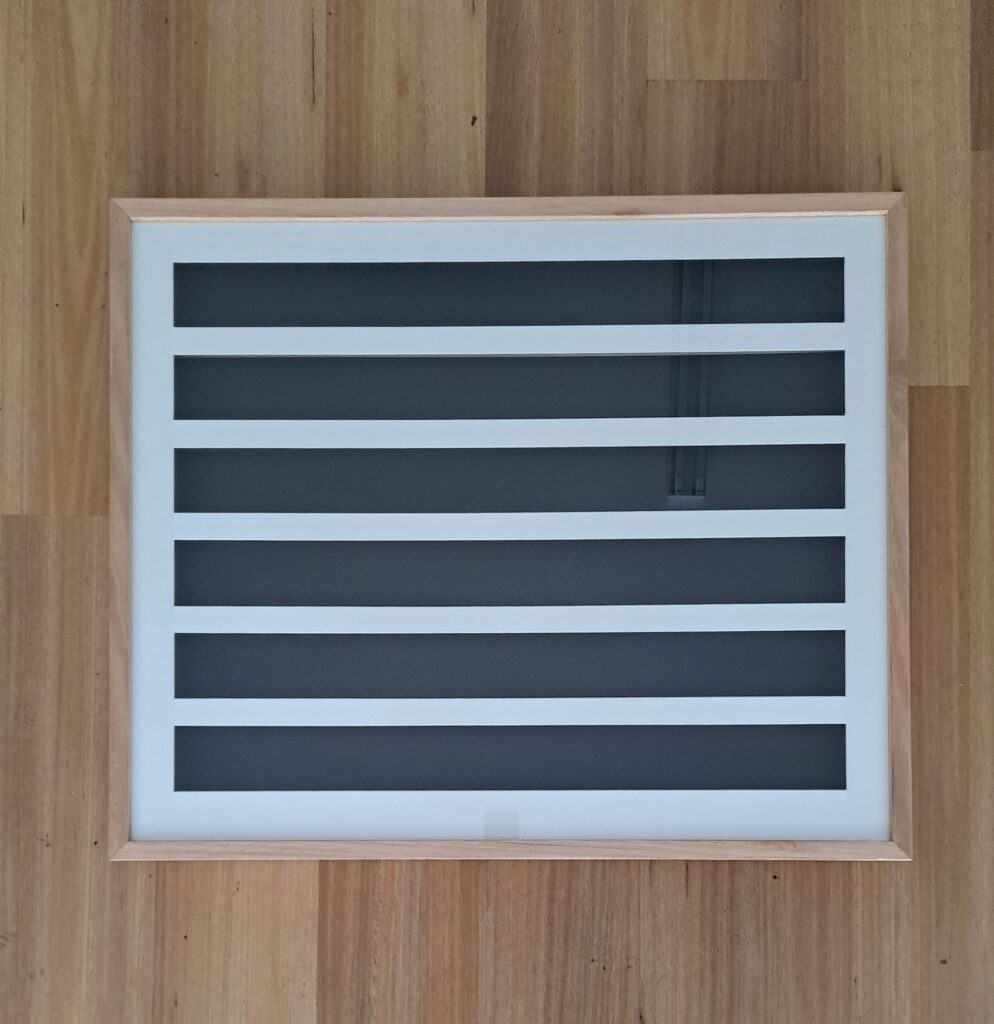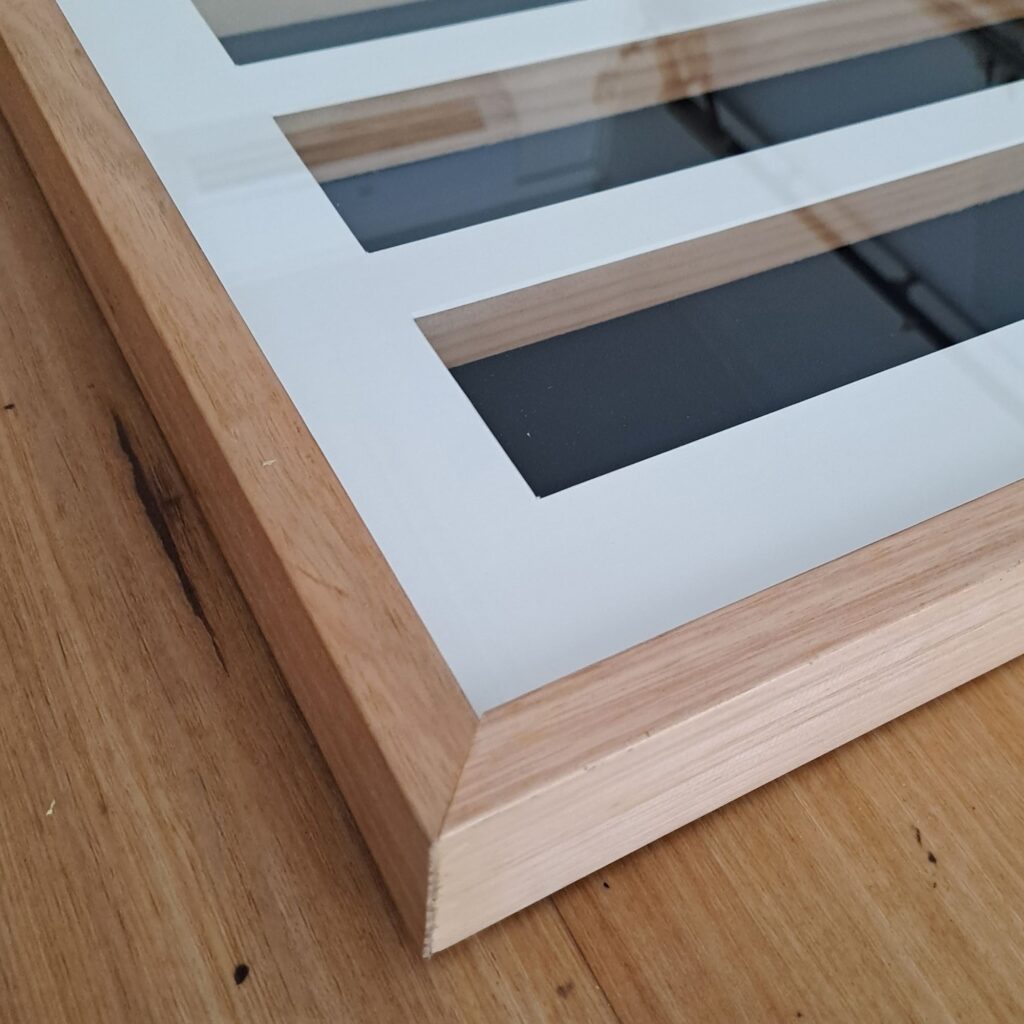A Day Late, A Dollar Short

Well, it’s only the second edition of the monthly newsletter and I’m already behind schedule. I’ve spent much of the past few weeks rebuilding my website after migrating to a new host though, and I figure between that and staying on top my regular workload I have a pretty good excuse. I didn’t think it’d take so long (but who ever does?) since I was importing most of most old content over, and the construction of the site itself took no more than a couple of days, but then of course there’s SEO and and all the busted links to fix. I won’t bore you with the details, but please let me know if you find any dead links, poor formatting or anything else which seems out of place.
Some Thoughts On Frame Selection

“The role of the frame in the presentation of a picture fulfils some or all of the following functions: the protection of the painting; its display and physical attachment to the wall; the enhancement of subject and colour scheme while remaining subordinate to the picture; the definition of the picture’s perimeter and the focusing of the spectator’s attention on the subject; the provision of an area of transition between the real world and that of the picture; the creation of harmony with the surrounding interior decoration; and the isolation of the picture from a distracting background. It also exists as a pleasing ornamental object in its own right. The picture frame is the medium through which fine arts are merged with architecture and the decorative arts.”
– from A History Of European Picture Frames by Paul Mitchell & Lynn Roberts
I’ve long been fond of the quote above, and its succinct description of the various roles a picture frame performs has been an important influence on my approach to framing. A couple of them are obviously obvious – yes, a picture frame protects the artwork and provides a means to display it on a wall; few would need to consult a book to learn that. A couple are easy to overlook though, namely: the provision of an area of transition between the real world and that of the picture, and the creation of harmony with the surrounding interior decoration.
It seems self-apparent, but often when clients bring works to my studio, which is likely a very different environment from that in which the work is to be hung, they seem to forget about the decor in which the framed artwork will ultimately find its home. Given that I try to keep the interior of my studio fairly neutral, it is very easy to focus only on the internal aspect of the frame, particularly if they do not have a clear idea of roughly how they’d like the work framed before they arrive. From there, the matter of choosing a moulding or matting becomes a matter of matching it to the tones in the artwork.
When it comes to selecting a mat, this is a reasonable approach (with one small caveat), but, particularly as far as the moulding is concerned, it is important to consider the furnishings it will reside among. Often a client might select a bold timber tone like Jarrah based on the colours in the artwork, only to admit that all their furnishings are pine or that their floorboards are Tasmanian Oak when asked. Now Jarrah might still be the best choice, depending on the piece, but in other cases it might be worth going with what seems like a less-than-perfect match with the artwork for the sake of maintaining the over-all harmony of the decor. Similiarly, mats can be very effective when it comes to enhancing the look of the art, but it’s worth considering the colour of the wall on which it will hang also. This is less of an issue though because the moulding serves as a strong boundary between the two.
For artists selling their work at exhibition, most galleries will advise either natural Tasmanian Oak, solid black or solid white. It’s not a bad idea to take a conservative approach, and certainly majority of my clients who have bought prints or originals tend to prefer the natural finish, but very few of them select white and most who are inclined toward black inevitably gravitate toward ebonized timber, which approaches black in terms of tone but retains the organic feel of timber. This is not to say you shouldn’t be bold. I recently framed an exhibition for Bri Hammond which featured frames in extremely bold colours which complimented her bold, graphic style of photography beautifully. I say this not to boast, because in her case she had a very clear vision of what she wanted and I was grateful to be able to make it a reality, particularly as the framing became an extension of the art itself, helping to bring it into the real world rather than acting as a point of transition. After all, as the quote above states, another function of the frame is to exist as a pleasing ornamental object in it’s own right.
Recent Work

Here’s something you don’t get to do every day as a picture framer: a display case for Lego minifgures. A collector asked for two of these, and it was a fun job in the end. Although they’re matted to create a series of windows, the frame is constructed as a shadow-box which is about 50mm deep and lined with black matboard. There are six shelves on which the figures will be displayed. I did not install the Lego plates on which they’ll stand, but the internals are designs so that each window will be 90 studs in length. The back is held on with turnbuttons so it can be easily removed, allowing the client to swap the figures around with minimum fuss.
The frame itself is made from Tasmanian Oak finished with beeswax and the interior shelves are pine so as to keep the over-all weight down a bit. As is it is, each one weighs a touch over 8kg so I installed key-hole hangers at the back to better distribute the load.


Love your knowledge and thought processes as well as your beautiful craftsmanship
Thank you, Judi!